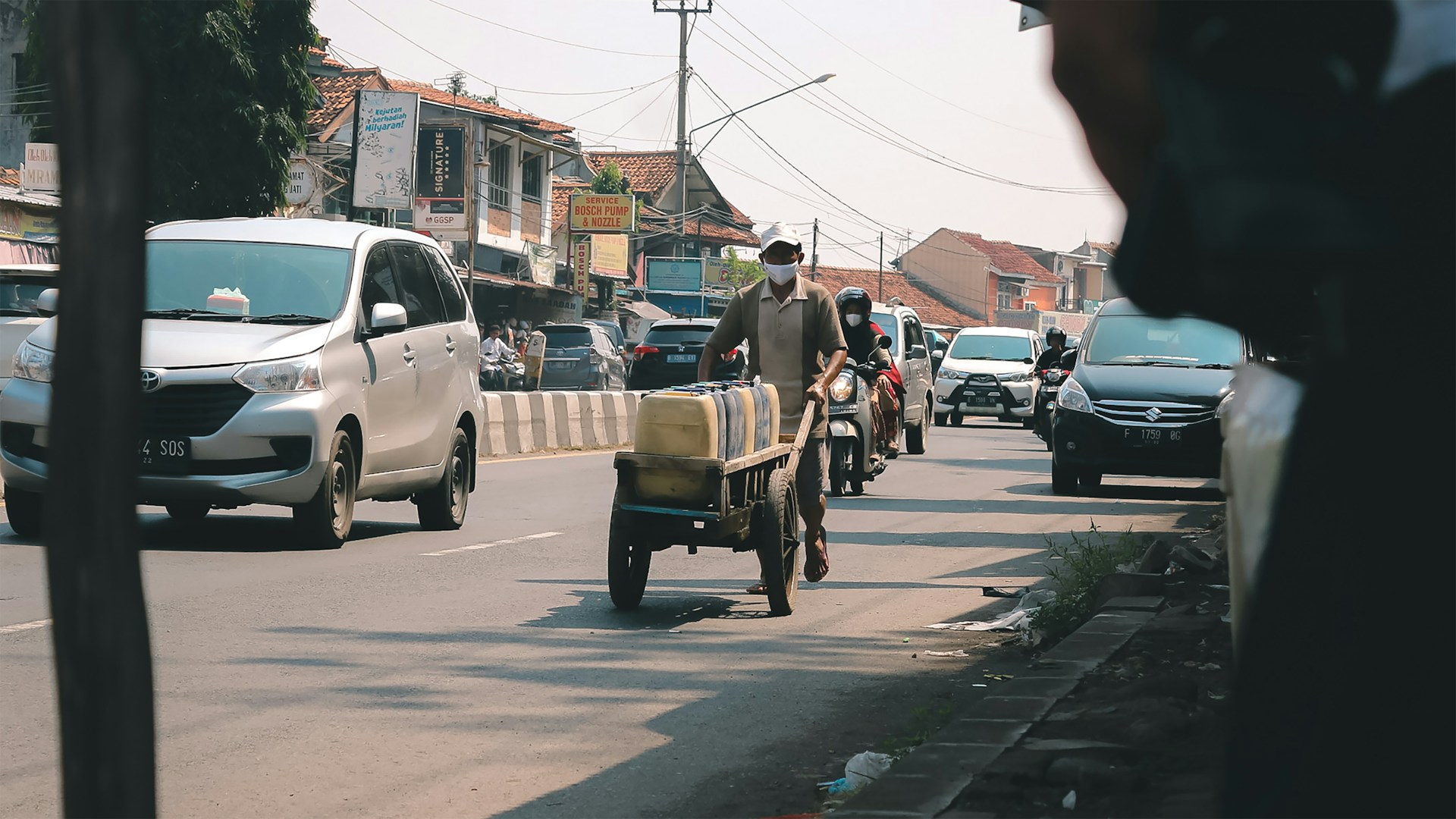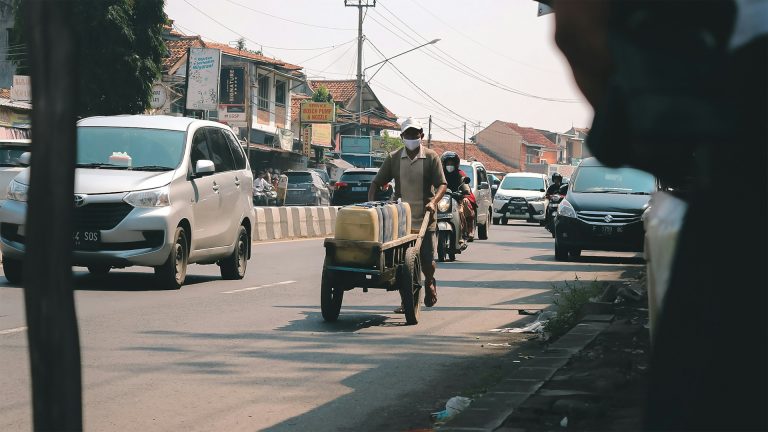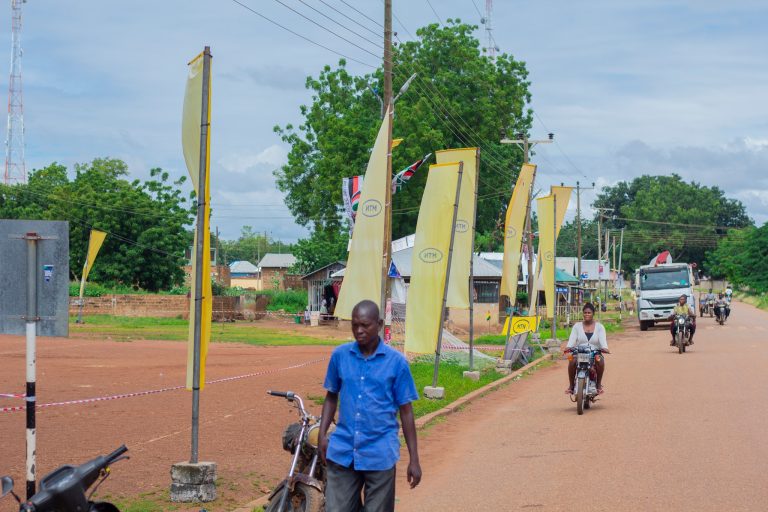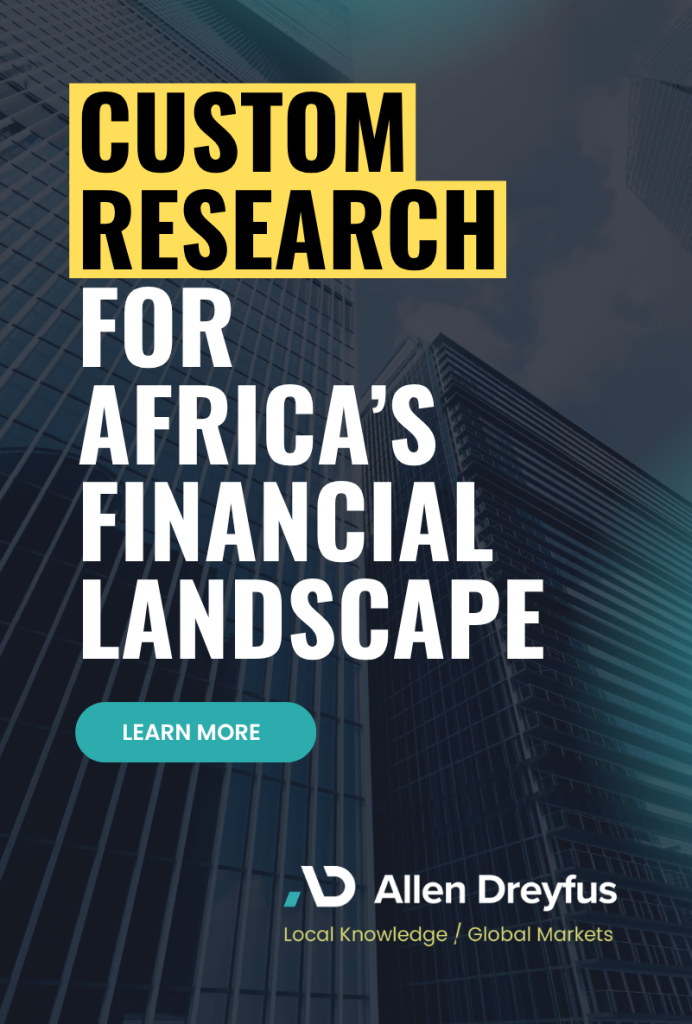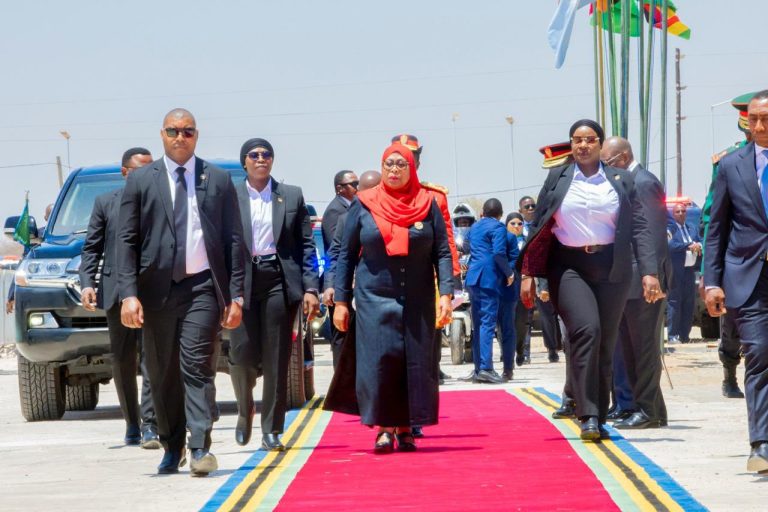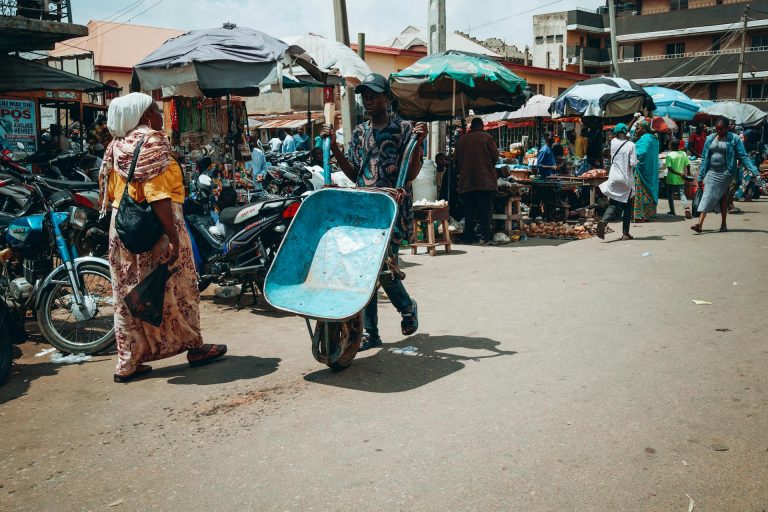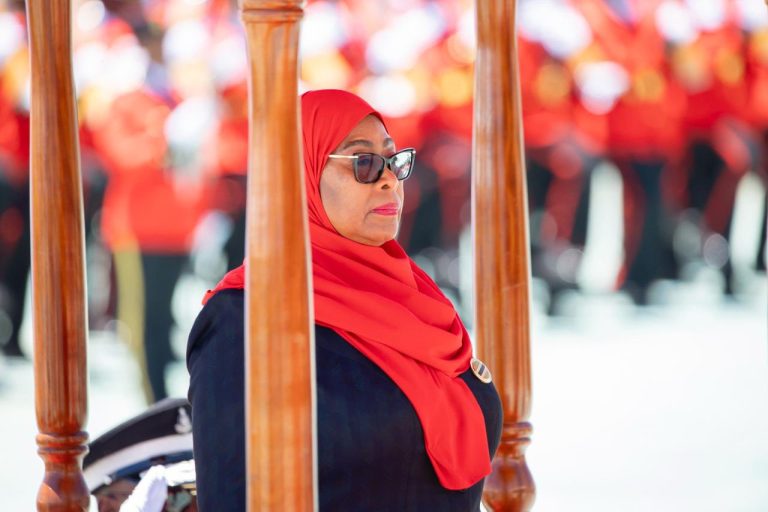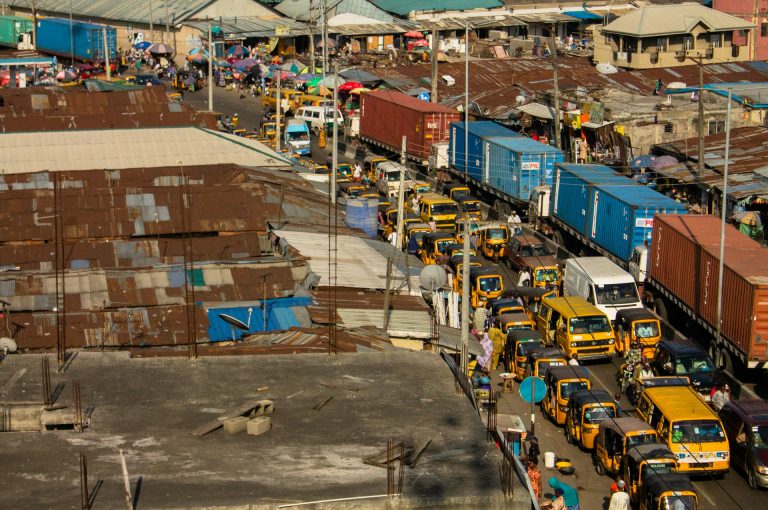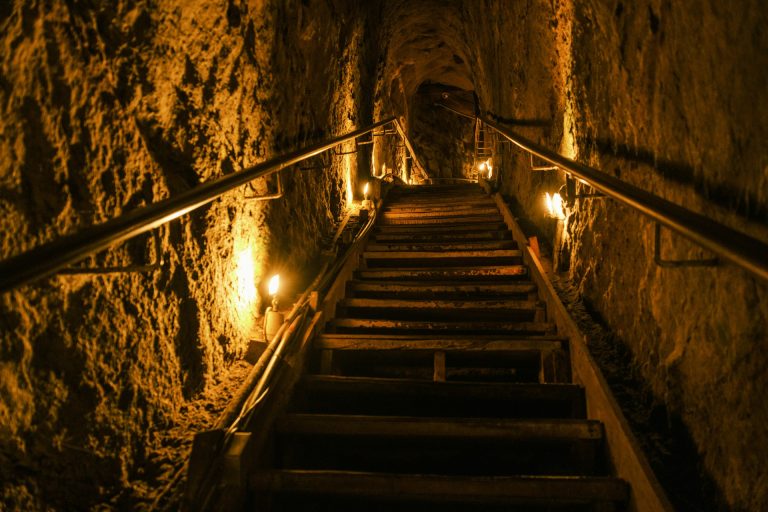The WAEMU bloc’s near-6% growth forecast for 2025 signals optimism – but can rising debt, weak tax systems and uneven reforms sustain West Africa’s recovery?
Economic growth across the West African Economic and Monetary Union (WAEMU) is projected to hover around 6% in 2025, buoyed by stable inflation, new hydrocarbon projects and improved regional reserves. But analysts caution that the headline number may conceal widening structural gaps between member states.
According to the International Monetary Fund (IMF), WAEMU growth “rose above 6% in 2024” and will remain strong this year, supported by new energy production in Senegal and Niger, construction activity, and recovering private consumption. Inflation, once above 7% in 2023, is now back within the 1–3% target band, creating space for the Central Bank of West African States (BCEAO) to maintain a stable policy stance.
Beneath the headline numbers
Yet the region’s apparent economic strength is not evenly shared. Benin is projected to expand by about 7%, driven by infrastructure and trade reforms, while Burkina Faso and Mali continue to lag behind due to insecurity and fiscal stress. Data from the IMF’s May 2025 Staff Report shows that debt levels have “increased significantly and heterogeneously” across the union.
The bloc’s total public debt ratio averages around 54% of GDP, with several countries breaching the 70% debt ceiling outlined in the suspended Convergence Pact. Revenue mobilisation remains a chronic weakness: most members collect less than 15% of GDP in taxes, far below the 20% threshold needed to sustain development and service debt.
“Fiscal consolidation is proving difficult in the context of security spending and limited domestic resources,” the IMF said, adding that the region must “strengthen tax collection and public financial management” to prevent slippages.
Despite strong external buffers—gross reserves now cover nearly five months of imports – the region faces persistent external vulnerabilities, including climate shocks, fluctuating commodity prices, and escalating conflict in the Sahel. These risks could easily erode the modest fiscal gains made since 2023.
The investor view
For investors, the bloc’s fundamentals remain compelling: a common currency pegged to the euro, relative macroeconomic stability, and the promise of oil and gas windfalls in Senegal and Niger. The BCEAO’s prudent monetary policy has also supported confidence in regional bond markets, helping governments raise record funds in 2024.
However, the underlying structural weaknesses – narrow export bases, low productivity, and limited tax capacity – pose longer-term threats to sustainability. Economists say that without deeper reforms, the bloc could fall into a “growth illusion,” where expansion is driven by capital inflows and commodity cycles rather than genuine productivity gains.
The IMF’s Executive Board has urged member states to “align fiscal frameworks with the revised Convergence Pact,” which retains the 3% deficit rule and a 70% debt limit, while improving debt transparency. Analysts believe this discipline will be crucial as countries approach a cycle of heavy refinancing in 2026–2027.
In short, the WAEMU’s growth story is real – but fragile. The challenge now is to translate short-term stability into sustainable, inclusive growth that can withstand shocks and deliver structural transformation. Without that, the region’s celebrated recovery could prove to be little more than a statistical mirage.
